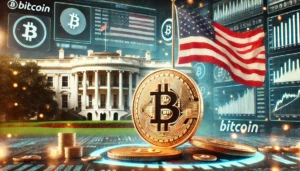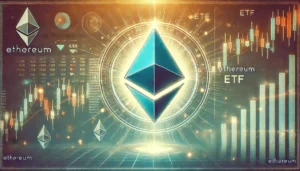The Balancer DAO Treasure is rapidly diversifying into DeFi
4 min read
The Balancer community began to integrate with other decentralized financial protocols, exchanging their governance tokens for those of other DAOs, also known as treasury swaps.
This could be the start of a larger trend of DAOs taking a more active role in other DAOs, using the strength of their holdings to negotiate for influence in decentralized finance (DeFi). Balancer (BAL) governance token holders are now considering two proposals for mStable and PrimeDAO , following a successful proposal from stablecoin project algorithmic, fei , closed on November 12th.
“For now we (BLabs founders / investors) have not voted to avoid any influence on community opinion. However, we are very excited about these exchanges that generate a long-term alignment between the other DAOs and ours”, wrote Balancer founder Fernando Martinelli via email.
What does it mean when many DAOs own little pieces of each other and actively participate in each other’s governance process? One thing was when NuCypher and Keep merged their crypto protocols, because this was a clear case of two becoming one. With proposals like this, however, DeFi is becoming a Rat king of blockchainified ventures. No one knows where this leads, but at least the entire alignment will be visible in the chain.
“Probably another proposal, for MIST (the token behind the DAO that built copperlaunch.com), is coming up,” Martinelli wrote via email.
Balancer is a protocol which rebalances indexes of multiple tokens. In a bull market, a pool of WBTC / DAI would sell WBTC for DAI as the price of BTC rose, taking profits until the end. It just gets more complicated from there. It is large and complex enough that Balancer also functions as an automated market maker, using open market traders to allow rebalancing of their indices.
fei
With Fei, the DAO Balancer voted to trade 200,000 BAL of its treasury for equal shares of Fei’s two tokens: FEI, its stablecoin, and TRIBE, its governance token. This transaction directly benefited the Balancer because Fei committed to make a deposit of BAL in the Balancer’s BAL / WETH pool, using its own supply of ETH to match the BAL, which would increase the total liquidity available in the Balancer.
The transaction allows the Balancer to lock part of its cash value with a stable currency (which is insurance against a slowdown) and earn income using Fei’s Incentive Betting program if it chooses to do so.
mStable
The stablecoin mStable throughput platform wants the Balancer to become an active part of its governance process and defend BAL holders. To that end, the mStable proposed an exchange between the two project treasuries: 20,000 of the Balancer governance token, BAL, for MTA, the mStable governance token, of equal value ($322,000 late Wednesday afternoon in New York). The idea would be for the Balancer to participate in mStable governance with its MTA tokens.
So far, more than 313,000 BAL have been voted in favor of the proposal, with a negligible amount of opposition.
Soon, mStable will release its own version of meter used by exchange decentralized for stablecoins, Curve . Curve uses the meter to decide how much of its daily CRV issuance goes to depositors in its various liquidity pools. The proposal says mStable has 35 million MTAs (approximately $37 million) to ship over the next five years. The MTA rewards are already set for two of the Balancer pools (MTA / WETH on ETH and MTA / WETH / WMATIC on Polygon). With MTA tokens, the Balancer DAO could vote to keep the rewards for these pools high.
It’s as if Kansas and Missouri convince residents of a few different cities to switch places, so that each state has at least a few voters who keep the neighboring state in mind on election day.
PrimeDAO
Meanwhile, the PrimeDAO want the Balancer get involved directly in its operations.
PrimeDAO is a project with several products aimed at DAO-to-DAO cooperation, so it is natural that it seeks treasury exchanges of this nature. In his proposal to BAL holders, he writes: “Both DAOs will actively share the operational learnings and workflows of the DAO, starting with a bi-monthly knowledge-sharing session covering three topics relevant to both DAOs.”
This is the most complex business. PrimeDAO is asking for 25,000 BAL ($405,000), which they will use to pool equal parts of their token, PRIME and BAL in the balancer. It will then return half of the liquidity provider’s tokens from that pool to the Balancer’s treasury so that they each benefit from the trading fees and BAL rewards in the pool.
PrimeDAO is further committed to proposing to close similar deals with other protocols for jointly owned liquidity pools in the Balancer.
And 156,000 BAL voted in favor of this proposal with negligible opposition.
Both the PrimeDAO and mStable proposals close voting on December 10th.
Balancer is a protocol that can do a lot of things, but at its core it builds indexes of multiple tokens. In that sense, it seems natural or at least not surprising that the Balancer community will see its own DAO as a sort of index and diversify its holdings.
The question is, will others follow and what will happen if they do?






